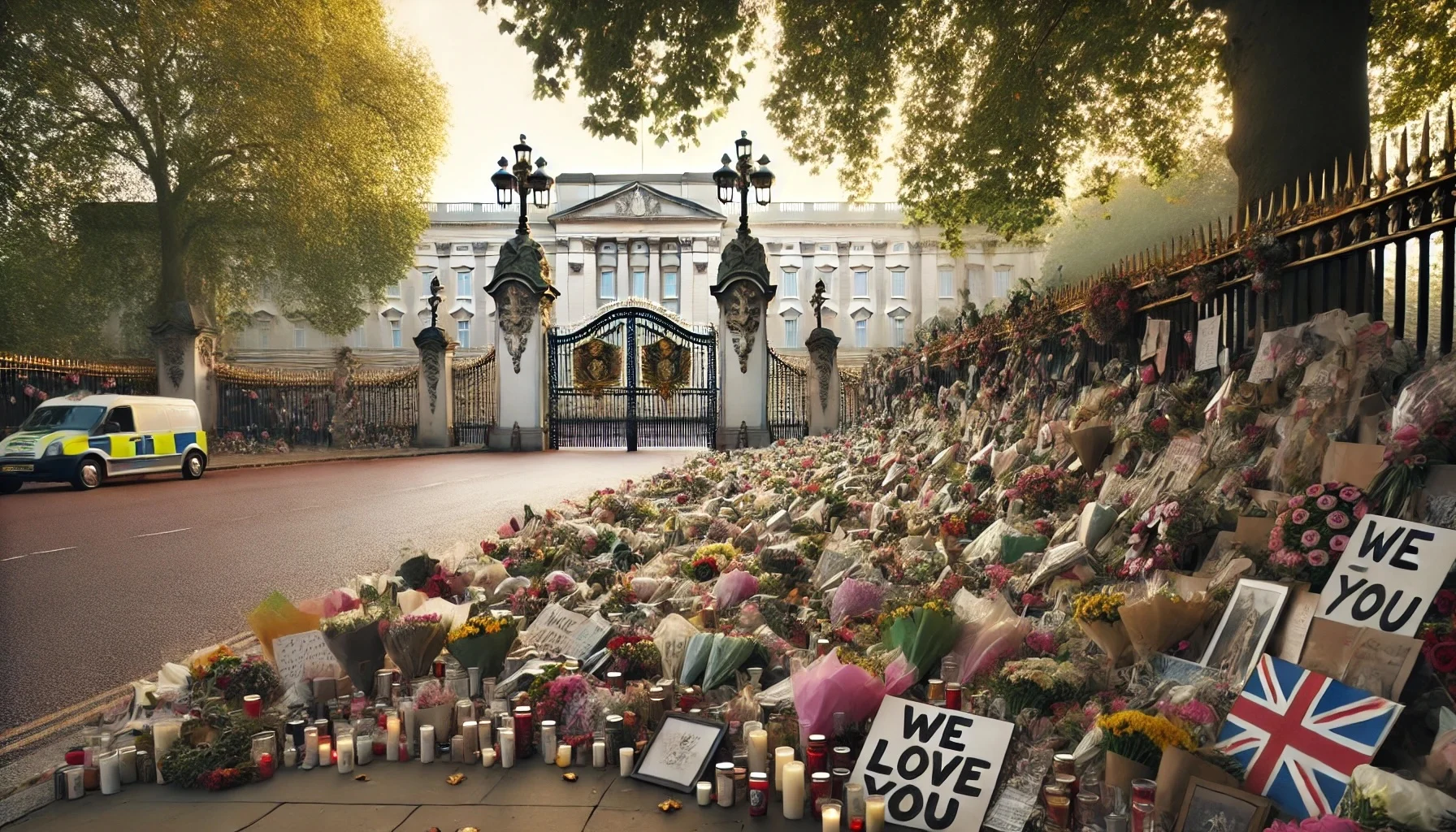
The Death of Princess Diana
by: The Calamity Calendar Team
August 31, 1997
A Night in Paris
Princess Diana, once known as the “People’s Princess,” had spent the summer of 1997 in the public eye, as she often had throughout her life. Her relationship with Dodi Fayed, son of the Egyptian billionaire Mohamed Al-Fayed, had captivated the media. Photographers pursued the couple relentlessly, and on the night of August 30, they found themselves at the center of this unrelenting attention once more.
After dining at the Ritz Hotel in Paris, which was owned by Dodi’s father, the couple decided to leave the hotel in an attempt to escape the ever-present paparazzi. It was nearly midnight when they made the decision. The plan was to use a decoy vehicle at the front entrance while they quietly slipped out of the rear entrance in a black 1994 Mercedes-Benz S280, driven by Henri Paul, the hotel’s deputy head of security.
The car carried four passengers: Henri Paul behind the wheel, Trevor Rees-Jones, Dodi’s bodyguard, in the front passenger seat, and Princess Diana and Dodi Fayed in the back. Their departure was timed at 12:20 AM on August 31, a critical detail in what would soon unfold.
The Final Journey
As the car sped away from the Ritz, the streets of Paris were quiet, but not empty. A group of paparazzi on motorcycles and in cars had spotted the departure and immediately gave chase. In an effort to lose them, Henri Paul accelerated the vehicle, navigating through the city streets at high speed.
At 12:23 AM, the Mercedes entered the Pont de l'Alma tunnel. The car was moving at an estimated 65 miles per hour, more than twice the tunnel’s speed limit. Within seconds, the vehicle struck the 13th pillar of the tunnel with devastating force. The impact was catastrophic; the car crumpled against the pillar, instantly killing Henri Paul and Dodi Fayed.
The Fight for Life
The scene inside the tunnel was chaotic as first responders arrived within minutes. Diana was still alive, though barely. She was conscious but gravely injured, suffering from severe chest injuries and a torn pulmonary vein. Trevor Rees-Jones, the bodyguard, was also critically injured but managed to survive, later becoming the sole survivor of the crash.
Thanks for subscribing!
Emergency workers extricated Diana from the mangled wreckage, a process that took over an hour due to the extent of the damage to the car. She was rushed to the Pitié-Salpêtrière Hospital, where doctors fought to save her life. Despite their best efforts, Diana’s injuries were too severe. She was pronounced dead at 4:00 AM. The news of her death quickly spread, sending shockwaves across the globe.
The World Mourns
The world’s reaction to Princess Diana’s death was immediate and profound. In the days that followed, millions of people around the world expressed their grief, laying flowers, candles, and messages outside Kensington Palace and Buckingham Palace. The media, which had been a constant presence in Diana’s life, now documented the extraordinary public mourning that followed her death.
On September 6, 1997, Diana’s funeral took place at Westminster Abbey. The event was watched by an estimated two billion people worldwide. The funeral procession through London was marked by an overwhelming display of sorrow, as well-wishers lined the streets to pay their respects. Elton John’s performance of "Candle in the Wind," adapted in her honor, became an anthem of mourning.
The Royal Family, initially criticized for their reserved response, eventually addressed the public grief directly. Queen Elizabeth II made a rare televised speech, expressing admiration for Diana and offering support to those mourning her loss. This marked a significant moment in the relationship between the monarchy and the British public, highlighting the powerful influence Diana had even after her death.
Unanswered Questions and Lasting Impact
In the wake of Diana’s death, investigations were launched to understand the circumstances of the crash. French authorities concluded that Henri Paul, the driver, was responsible for the accident. He was found to have been intoxicated at the time, with alcohol levels significantly above the legal limit. The inquiry also revealed that he had been under the influence of prescription drugs.
Despite these findings, conspiracy theories flourished. Some suggested that the crash had been orchestrated, with various parties allegedly involved in a plot to kill Diana. However, these theories have never been substantiated by credible evidence. A British inquest, known as Operation Paget, reaffirmed in 2008 that the deaths were the result of gross negligence on the part of Henri Paul, exacerbated by the reckless behavior of the pursuing paparazzi. The inquest ultimately concluded that the deaths were a case of "unlawful killing."
Legacy
The tragic death of Princess Diana had far-reaching consequences. It sparked a global conversation about the role of the media in the lives of public figures and led to new laws aimed at curbing the excesses of paparazzi. The crash also prompted a reevaluation of road safety regulations, particularly concerning high-speed pursuits.
For the British monarchy, Diana’s death was a turning point. The outpouring of public grief highlighted the deep connection she had with the people, a connection that the Royal Family struggled to fully comprehend and match. In the years since her death, Diana’s legacy has continued to shape the Royal Family, particularly in how they engage with the public and the media.
Today, over two decades later, Princess Diana remains a figure of enduring fascination and admiration. Her life and death continue to be the subject of documentaries, books, and public discourse. Though the circumstances of her passing were tragic, the impact she had on the world remains indelible.
Stay in the Loop!
Become a Calamity Insider and get exclusive Calamity Calendar updates delivered straight to your inbox.
Thanks! You're now subscribed.